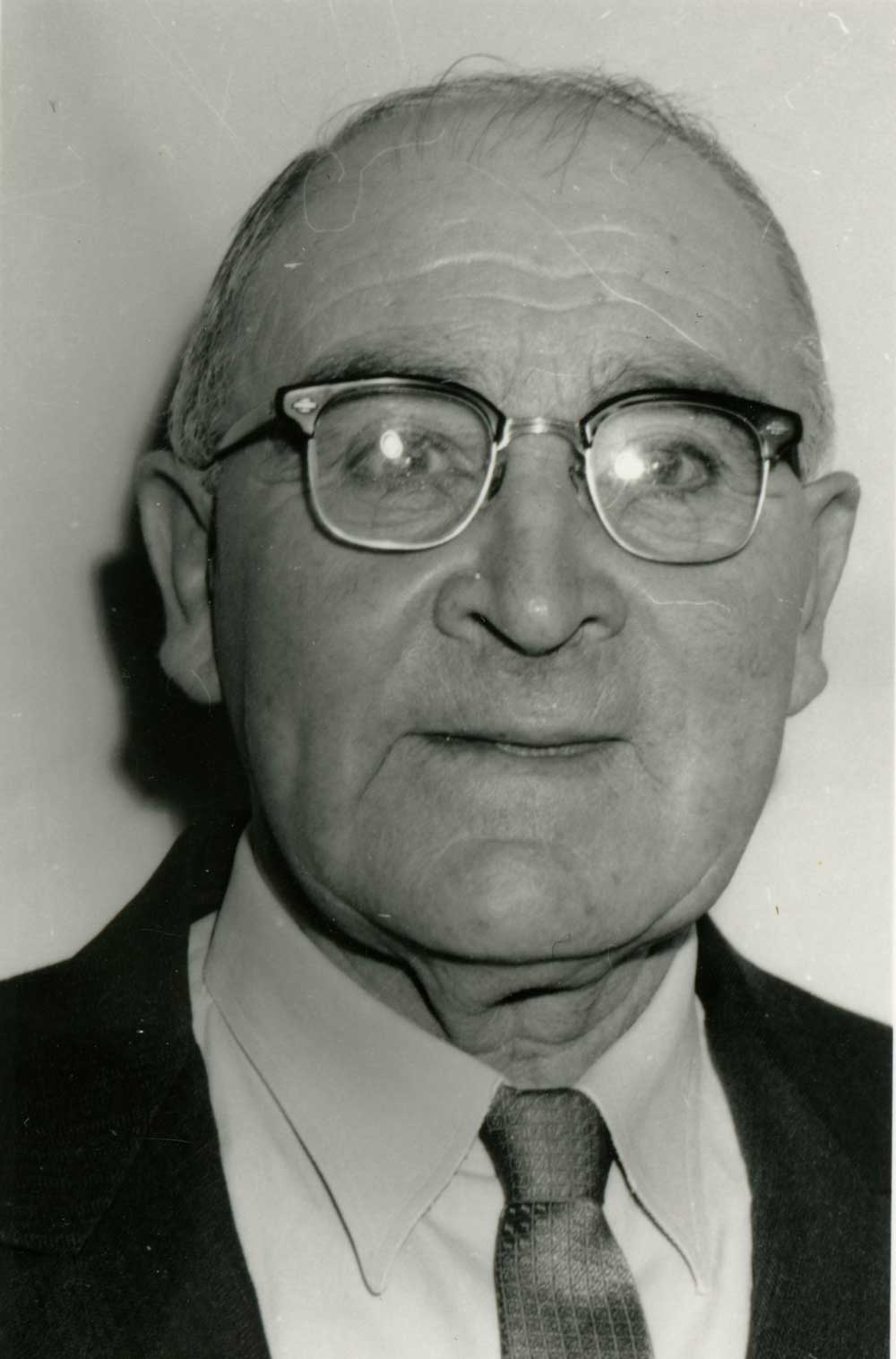Flows N into Canoe River
52.7275 N 119.4117 W — Map 083D11 — Google — GeoHack
Name officially adopted in 1961
Official in BC – Canada
Association with Mount Kimmel.
Association with Mount Kimmel.
Origin of the name unknown.
The station might recall Stuart Kidd (1883–1957), manager of Brazeau Trading Company in Nordegg (for whom Mount Kidd in Alberta was named in 1904), or perhaps his brother John Alfred (Fred) Kidd. See comments.
Perhaps named after James O. Kendall, listed as a manager at the Upper Fraser Lumber Company in Dome Creek in 1918.
The flat-topped mountain resembles a fort. Kataka is supposedly an Indigenous word for “fort.”
Named in 1916 by Morrison Parsons Bridgland [1878–1948], a founding member of the Alpine Club of Canada and surveyor associated with Alberta-British Columbia Boundary Commission.
Robert W. Jones was a location engineer for the Grand Trunk Pacific Railway who made a survey on the Alberta side of the boundary around 1906.
Donald “Curly” Phillips [1884–1938], 1912:
“On a pass a few miles west of there [Bess Pass], I found what I took to be one of W. R. Jones’s camping places when he was exploring that country a pass for the G.T.P. Ry., and later on we called that little pass, between the middle fork and the west branch of the Jackpine, Jones Pass.”
Frederick Arthur Ambrose Talbot [1880–1924] wrote about Jones in The Making of a Great Canadian Railway:
With him [G.T.P. surveyor C. C. Van Arsdoll] was associated a kindred spirit. This was Mr. R. W. Jones. Railway spies among the secrets of Nature in the mountains, like poets, are born, not made. And Mr. Jones certainly knows the Rockies through and through. In the search for the breach in this frowning wall through which the Grand Trunk Pacific could be carried in the easiest manner he probed the barrier through and through, exploring in all about 10,000 square miles. It was not open country that he traversed, but the heart of the range, bristling with precipitous, snow-crowned caps, which he trod through and through for the slightest sign of a passage, which, upon discovery, no matter how narrow, was followed up till it either came to a dead-end, comprising as it were a huge couloir, or sloped up towards the clouds. Every little detail was scrutinised closely, and committed to memory and paper by means of an eye trained to the country from prolonged seclusion in the wilds. Nothing escaped his vigilance. It might have been a narrow ledge here or a gully there, but it was searched industriously, in the hope that it might help to solve the problem in hand.
The most remarkable phase of his task was the flying survey, wherein the country was reconnoitred hurriedly but thoroughly. Jones went off with but an Indian to keep him company. The red man, Pierre Belcour by name, has accompanied his ” white chief ” so often that the two are almost inseparable companions.
Talbot’s reference to a “flying survey” indicates its haste, not its mode of travel.
Carl Johnson lived on Westlund Road as early as 1942.
Otto E. Johnson (1890–1980) is buried in the McBride cemetery. He was born in Sweden and married Emma (from North Dakota) in McBride in1922. He retired in 1955 after 30 years on the CNR.

1963 portrait of Improvement District trustee Walter Jervis.
Valley Museum & Archives Society
Walter Francis Jervis passed away at Kelowna in 1968, age 77. Mr. and Mrs. Jervis celebrated golden wedding anniversary in 1964.
Russel Jervis, Jr., was supervisor of Mount Robson Park in 1964. His parents and brother Walter also lived at the park.